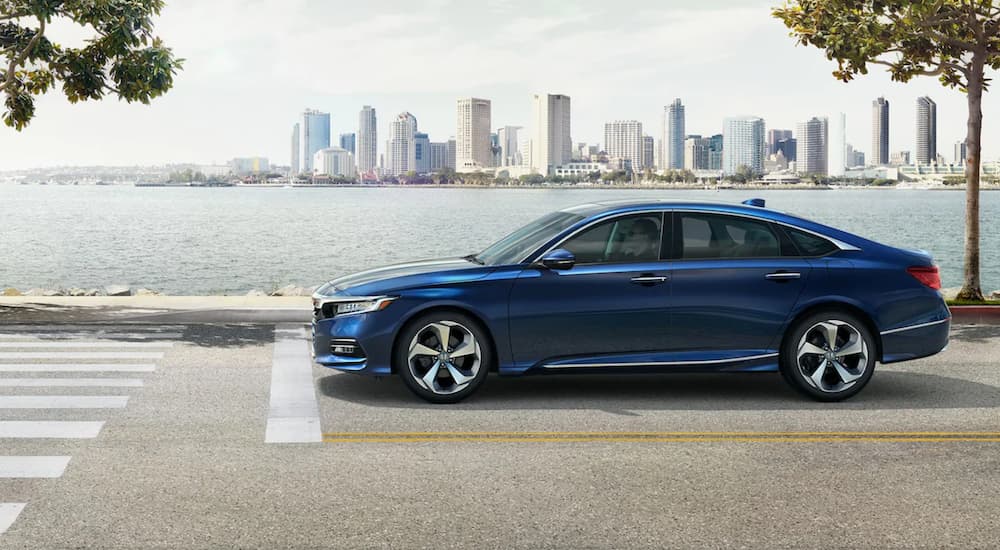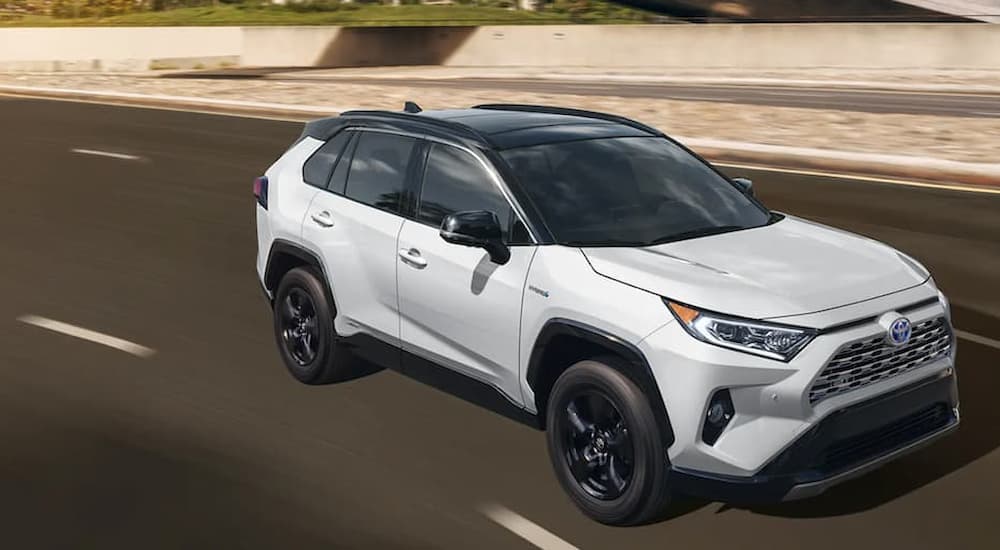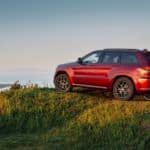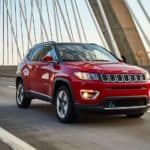Did your teen recently pass his or her driving test? There’s nothing quite like experiencing the freedom of the road as a new driver, but this also means greater worry as a parent. Your priority is keeping your teen safe and focused when they’re behind the wheel, and that starts by searching for a reliable first vehicle. Many parents start their search with a simple question: Is a sedan or an SUV better for a new driver? The truth is, it all depends on your priorities and your young driver’s preferences.
The battle between SUVs and sedans is the industry’s version of the age-old game of tug of war. Where the SUV excels, the sedan may fall short and vice versa. There are also categories like safety, where SUVs and sedans are an even match, thanks to standards across this industry. This makes it even more important to look at other variables like capability, visibility, efficiency, and affordability.
Visibility
One of the biggest factors in keeping your new driver safe on the road is visibility. How well can your driver see outside the vehicle, and how well can your driver be seen? SUVs are larger and taller than sedans, which puts the driver in a higher position. This position, along with the SUV’s larger windows and expansive rear windshield, gives the driver a wider and less obstructed view in contrast to sedans that position the driver lower to the road.
Safety tools like blind spot monitoring, rear vision cameras, forward collision alert, and rear cross traffic alert are now common tools on SUVs and sedans. These features work as an extra set of eyes around the vehicle and alert the driver to potential hazards. As you’re shopping for your teen’s first vehicle, be sure to look for these features and take them into consideration since they can enhance the high driving position of an SUV and extend the lower driving position of a sedan.
Recommendation: Look for an SUV that’s equipped with safety tools like blind spot monitoring, forward collision alert, rear cross traffic alert, and lane change alert to give your teen driver a higher driving position and the best visibility possible.

Capability
Think about where you live and where your new driver will spend most of their time. Do you live in a region where winters are harsh with heavy snowfall? Is your teen driver interested in venturing off the pavement and down the trail for light off-roading, or will the vehicle be primarily used around town in a region with a moderate climate year-round?
These factors are important because they determine the level of capability your new driver needs in a vehicle. SUVs like the Subaru Forester come standard with all-wheel drive and are known for their ability to handle a variety of terrain, from dirt and sand to snow, rain, and ice. The Jeep Wrangler is an iconic off-roader that can match your new driver’s sense of adventure on the trail with its legendary four-wheel drive technology. However, if your teen doesn’t have to drive in harsh conditions or venture off the trail, then an efficient sedan like the Toyota Camry or Honda Accord might be a better option.
Recommendation: Consider your climate and your teen’s interests. SUVs with all-wheel or four-wheel drive are better suited to handle a variety of terrain, while sedans are more efficient and ideal for in-town or highway driving.
Space
Space is another factor to consider when you start shopping for the perfect vehicle for your new driver. Think about your vehicle and how you use it. Do you have a spacious SUV that’s perfect for hauling groceries, your growing family, and all your gear? Or, do you rely on a smaller sedan as your primary vehicle to get you to and from work quickly and efficiently?
If your new driver will soon be heading off to college, think about everything they will need to take with them to the dorm. Does your teen spend a lot of time camping, backpacking, kayaking, or cycling with friends? If so, a spacious SUV will be better suited to hauling their gear.
Recommendation: SUVs are spacious and make hauling bulky items easier but can be overkill if your new driver doesn’t have this need, making a sedan more efficient. If you find yourself torn, consider a crossover as these offer modest spaciousness like that of an SUV but the efficiency and comforts of a sedan.

Efficiency
As you know, efficiency isn’t about how fast you can get from Point A to Point B but reflects how a vehicle burns fuel. Decades ago, SUVs were notorious gas guzzlers that came equipped with seemingly bottomless fuel tanks that cost hundreds of dollars to fill. This made SUVs less practical for young drivers barely out of high school or new to the workforce. Fortunately, this is no longer the case thanks to advancements in the industry that have made SUVs more efficient.
The growing popularity of hybrids like the Honda CR-V and Toyota RAV4 make SUVs more affordable for young drivers since they rely on both fuel and electricity. In many cases, these hybrid SUVs are more efficient than gas-powered sedans. However, if your teen doesn’t need the spaciousness or capability of an SUV, it’s easy to prioritize efficiency and shop for a sedan.
Recommendation: It all depends on needs. Hybrid sedans rule the segment in terms of efficiency, but if your new driver prefers the spaciousness and capability of a larger SUV, you have plenty of efficient options that require fewer stops at the fuel pump.
Technology: Connectivity and Safety
The most significant factor to consider when shopping for a vehicle for your new driver is technology. This category extends from connectivity features to safety tools, both of which keep your teen focused on the road. While it may seem counterintuitive to shop for a vehicle with smartphone integration, consider this scenario. Your teen is driving when their cell phone, which is in their backpack in the backseat, starts ringing. Without smartphone integration, your teen can ignore the call and wait until they pull over to respond or grab the wheel with one hand and, distracted, attempt to keep an eye on the road while rummaging around the backseat for their bag. With smartphone integration, the phone isn’t a factor, and your teen can answer the call with a simple button on the steering wheel.
Safety features are more obvious necessities for any vehicle, but there’s greater standardization across the industry. Every new vehicle comes equipped with airbags, and most automakers offer similar technology like automatic emergency braking, forward collision alert, lane keep assist, rear cross traffic alert, and automatic high beams. The difference is which features come standard on each model and trim.
Recommendation: Smartphone integration and safety tools are fairly standard across the industry, with each automaker offering different features on each model and trim. Keep in mind that Chevrolet equips many of its models with Teen Driver Technology, which allows you to set parameters and get feedback on how your new driver performs behind the wheel.
It’s All About Priorities
Is a sedan or an SUV better for a new driver? There’s no clear answer that one outranks the other. It depends on what you prioritize and what will give your new driver the confidence needed when they get behind the wheel. One of the best ways to narrow down your search is to have your new driver test drive both options and get a better feel for how the vehicles perform, their visibility, and their potential capability. From there, talk about affordability, efficiency, spaciousness, safety, and technology to determine the must-haves vs the wants on your young driver’s first vehicle.



